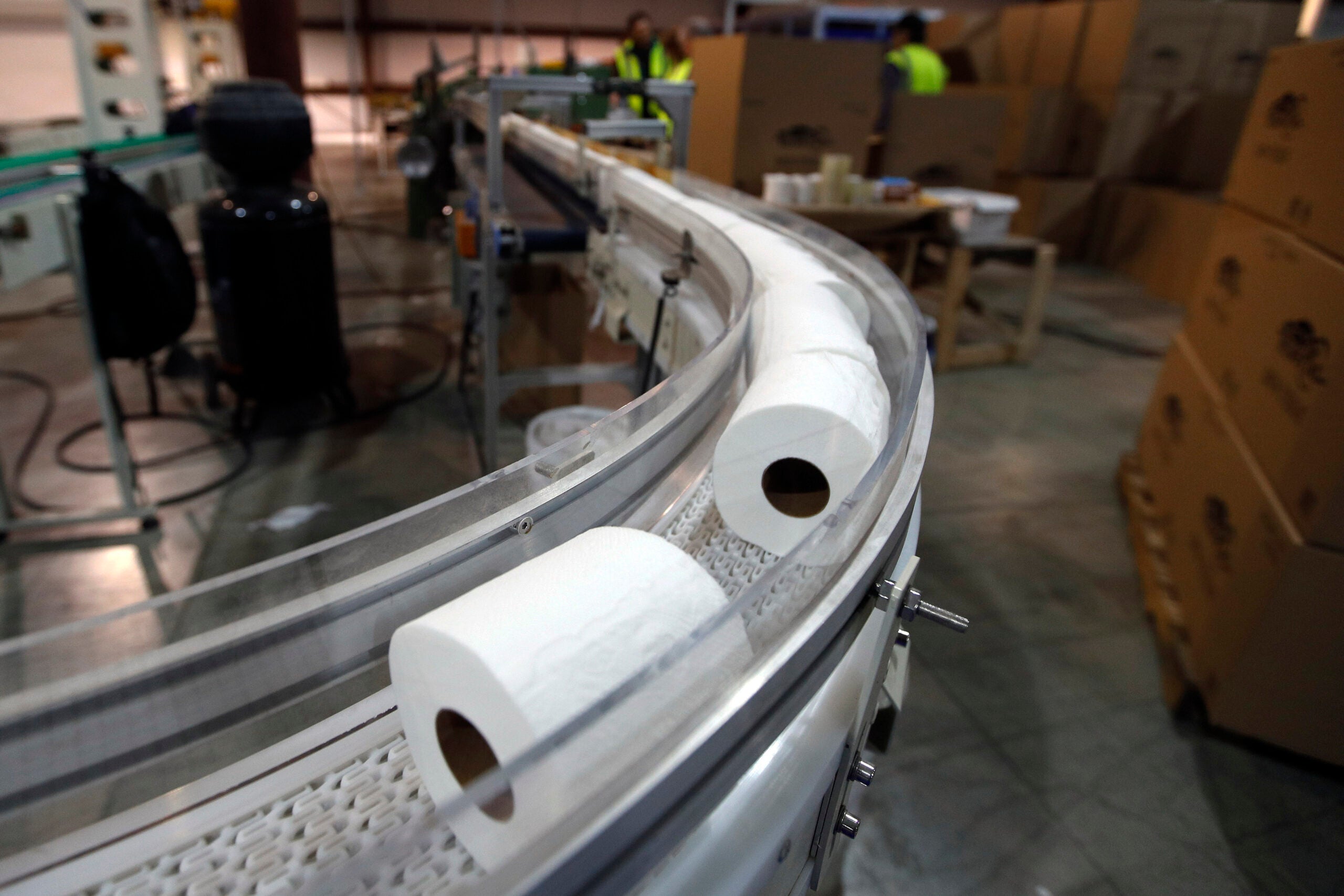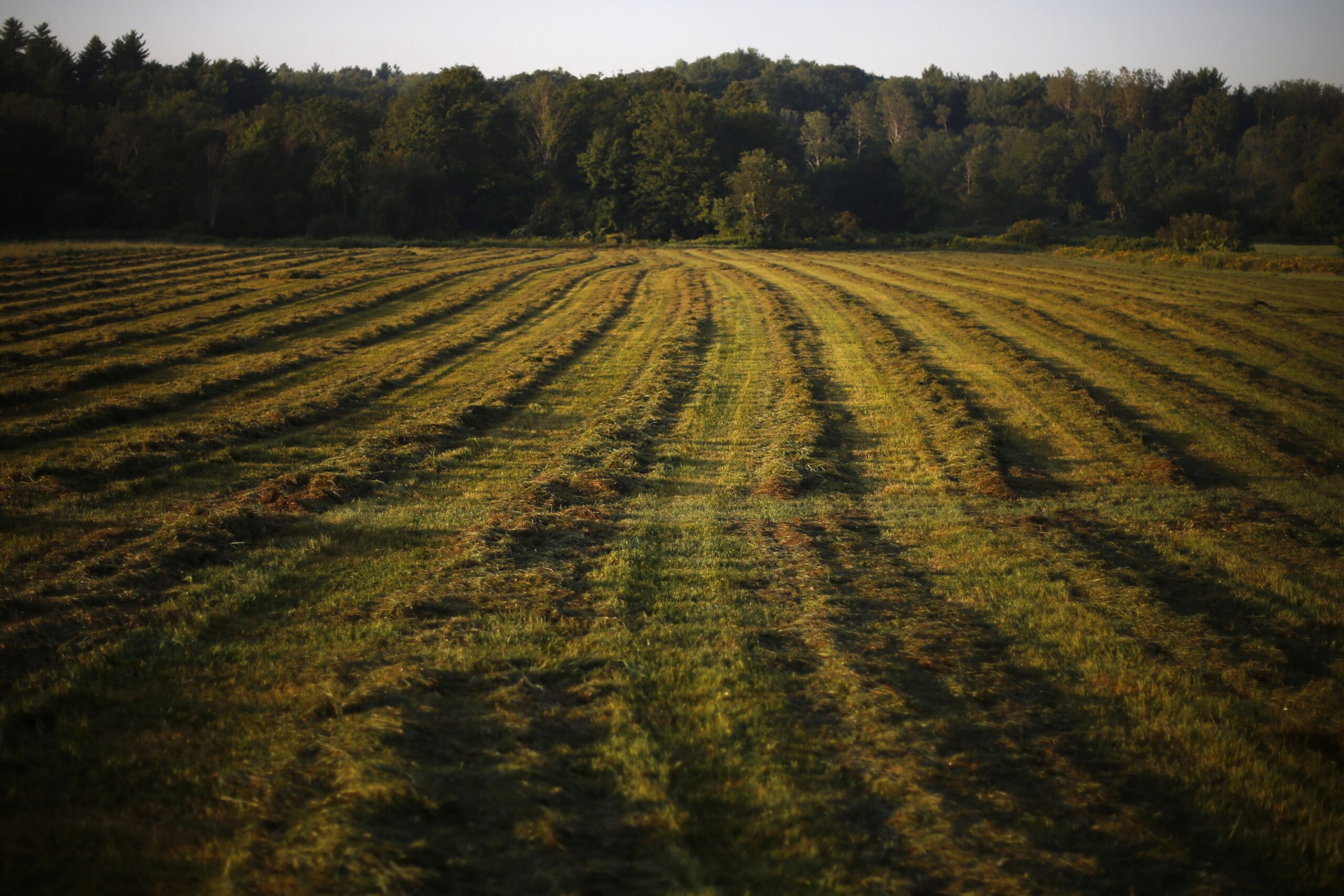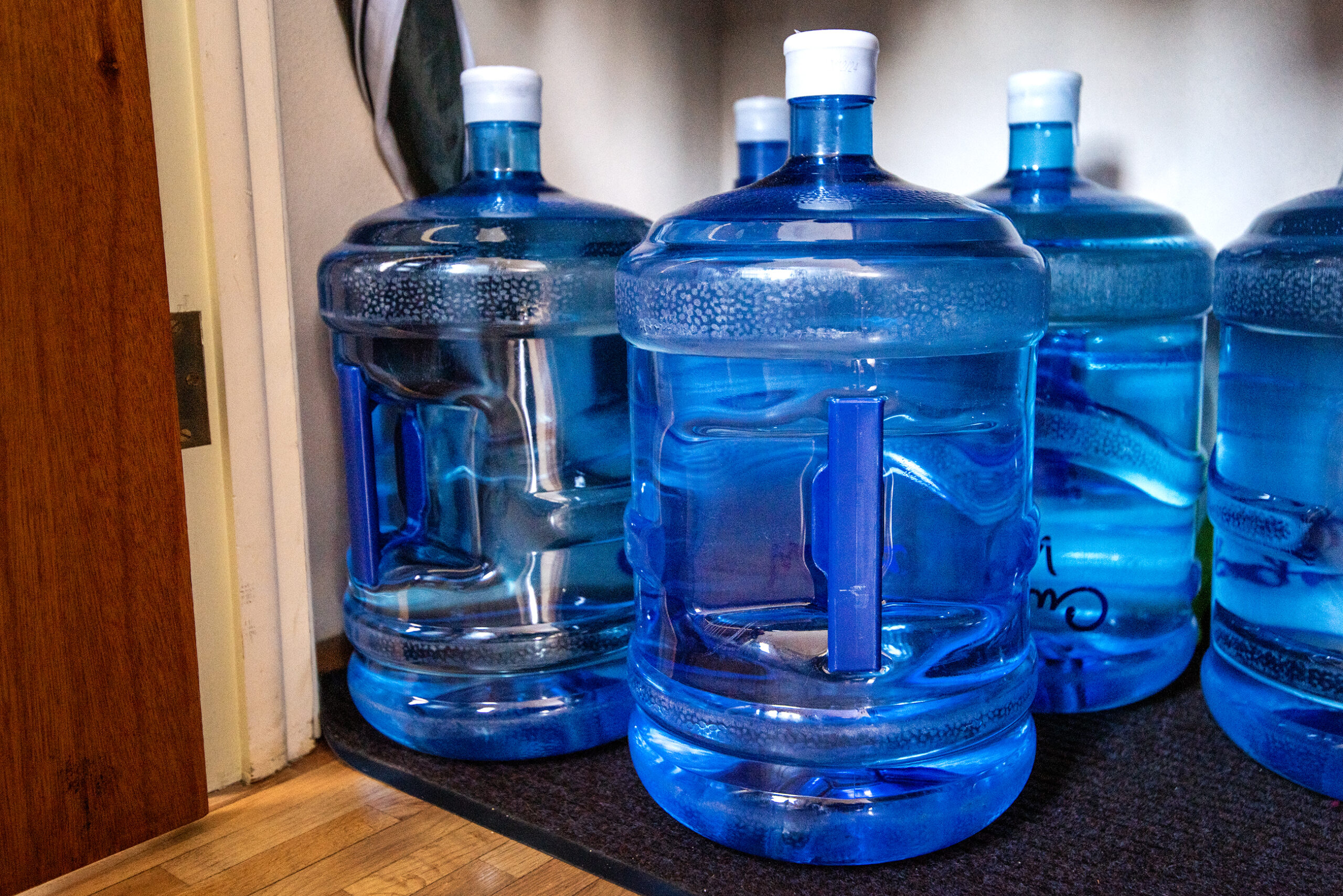When you flush your toilet, sending waste to a nearby sewage treatment system, you might also be contributing toxic chemicals to the local watershed.
University of Florida scientists recently studied 21 toilet paper brands from around the world and found traces of PFAS in each case. The study does not name the brands.
“I feel like we hear about new places that have PFAS every day,” said Christy Remucal, a University of Wisconsin-Madison associate professor of engineering who studies the chemicals and did not participate in the study.
News with a little more humanity
WPR’s “Wisconsin Today” newsletter keeps you connected to the state you love without feeling overwhelmed. No paywall. No agenda. No corporate filter.
PFAS, also known as “forever chemicals,” are gaining more attention in Wisconsin and nationwide. The chemicals have been linked to increased risks of cancer, thyroid disease and other adverse health effects. As some residents are being forced to drink bottled water due to contaminated wells, state and federal agencies are weighing new regulations.
“Anything we can do to prevent these chemicals from getting in the environment in the first place is important because they’re so persistent and mobile. They last such a long time,” Remucal said. “Prevention is the key approach here.”
Remucal leads UW-Madison’s Water Science and Engineering Laboratory and is co-director of the Core Facility for Advanced Water Analysis. She recently joined Wisconsin Public Radio’s “Central Time” to discuss the new University of Florida study on toilet paper.
In Wisconsin, authorities have pointed to firefighting foam as one of the main sources of PFAS. But University of Florida researchers pointed to toilet paper as another source.
“Our results suggest that toilet paper should be considered as a potentially major source of PFAS entering wastewater treatment systems,” the researchers wrote.

The U.S. Environmental Protection Agency is proposing limits for such “forever chemicals” in drinking water. For example, the limits on PFOA and PFOS would be 4 parts per trillion, or about 17 times lower than Wisconsin’s PFAS drinking water standard.
Remucal said the EPA proposals are “long overdue” and many communities in the state are already at too high of levels. She said government officials balance protecting human health and having the capacity to meet such requirements.
PFAS contamination in Wisconsin is often being found in groundwater, she said. PFAS can be filtered out of water but large-scale technology to destroy the chemicals remains under research, she said.
“We do have quite a legacy of contamination to deal with,” Remucal said. “Some of the chemicals we’re measuring and finding in our water were put there decades ago.”
READ MORE: How do I make sure my drinking water is safe from PFAS?
Wisconsin Public Radio, © Copyright 2026, Board of Regents of the University of Wisconsin System and Wisconsin Educational Communications Board.







